The demise of four-wall record stores has been painful to many of certain generations, myself included. Leafing through the stacks — or crate digging as it’s popularly referred to these days — is the way many of us educated ourselves about various forms of music. There are indeed survivors of this demise, stalwart record dealers who I suspect will continue to serve those of us still fond of the tactile sensation of holding a physical recording and searching for verbal clues that will provide a sense of the listening experience that awaits; and that last sensation is particularly true for those of us who still harbor healthy appetites for vinyl records. (I still refer to all physical formats as "records"; as a friend of mine once said ‘they’re all still recordings, right?")
Of the few remaining independent outlets in this country, I still have my favorites; regionally those favorites include the following:
DC area: Joe’s Record Paradise (recently relocated to downtown Silver Spring area)
Midwest: The Jazz Record Mart (Chicago)
South: The Louisiana Music Factory (New Orleans)
West: Amoeba (Hollywood store)
As far as the East goes, the fave is the Jazz Record Center in NYC. Located in a fairly non-descript building in the middle of the block at 236 W. 26th Street on the 8th floor, between 7th and 8th Avenues, around the corner from the Fashion Institute of Technology, the JRC is a veritable treasure trove of jazz vinyl, plus a modest CD selection, DVDs, books and assorted other jazz paraphernalia. The place has proven invaluable not only for personal collection crate digging, but also as a research resource in developing the ongoing Lost Jazz Shrines series for Tribeca Performing Arts Center. So what’s the outlook these downloadable days for an independent operator like the Jazz Record Center’s knowledgeable and convivial owner Fred Cohen? After a recent fruitful visit there I decided to ask.
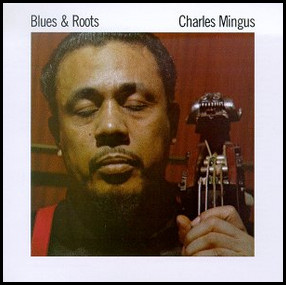
What’s the history of the Jazz Record Center?
There are two Jazz Record Centers. The first, in business from the ’40s until I don’t know when, was a famous record collecting haunt. A photo of its stairwell, with "Records 25 Cents and Up, from Bunk to Monk" painted on them, became a tourist attraction. I came into the city in 1969. I can’t be certain but I think the [original] JRC was already defunct. Until 1982 I worked in not-for-profit health care, but never lost my interest in jazz. When I decided that I had had enough of social services, the owner of a record store that I frequented called me to ask if I was interested in taking over her store. She had recently been divorced and found that working alone — which was all the store could afford — was too much for her. My job in health care required a lot of traveling, so I didn’t think I would be suited to a desk job, waiting on customers. But it was my wife who convinced me to give it a shot for a year. If it didn’t work out, I wouldn’t lose much, since the investment and overhead was very little. Everyone I spoke to said it was a crazy move. So much for taking advice.
Namng the store was easy, the original Jazz Record Center was long out of business. That was 1983. After four years on West 72nd Street I moved the store to West 29th Street. In 1992 I moved to 26th St.
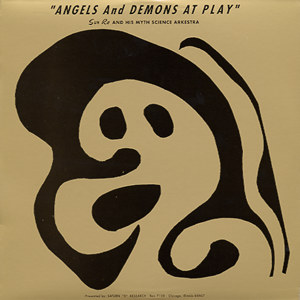
Is it fair to say that the core thrust of the store is rare jazz vinyl recordings?
Yes and no. Soon afterr I opened in 1983, the CD was introduced. All I had was vinyl for a few years as I waited to see if the new format had any legs and whether anyone asked for them. It wasn’t until 1985 or so that I began to stock CDs, but my heart was then and continues to be in vinyl — rare and pedestrian, new and used.
I don’t see the store as a haven for rare records, though I guess it is. Sure, it is always exciting to see original pressings of the 50s and 60s in great shape, but you can’t make a living from them, they appear too infrequently. My core business is LPs and CDs in the $8-15.00 range. I’m also a big fan of books and videos. Other than the latest well-reviewed books, they all tend to be slow sellers. DVDs are one of the most active areas of the store.
How do you determine the value of the vinyl recordings that you acquire, and how do you go about making acquisitions to offer at retail?
As with any other collectible, the value of records is primarily determined by its condition — record and cover — and secondarily by its rarity. Condition is easy to assess. Rarity and its attendant value is more difficult and is based exclusively on experience. Most "rare" records have a sales history in the store and on the internet. eBay auctions have helped but the results are often difficult to reproduce. In the early days of the store I placed small want ads in the Village Voice and New York Times. Most of the replies were for 78s (which I don’t sell) and big bands (which I can’t sell). Gradually, records came to me without advertising. Some people bring in a few, a bag full, or a shopping cart. Frequently I go out to look at collections (CD and LP). I enjoy these outings, not only because it gets me out of the store but also because I’m curious about how people collect. It’s endlessly fascinating.
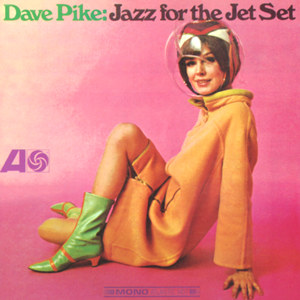
Although yours is a specialty shop, what effect has the erosion and demise of the retail record store industry meant to the Jazz Record Center?
For the most part I’m unhappy with the loss of so many other stores. I’ve never seen any business in a competitive way, although I understand that on some levels it is. But one of the benefits of having other [jazz record] stores is that I could always make a referral when I couldn’t help a customerr. The first to go was Russ Musto’s Village Jazz Shop, then Tower, followed by HMV and Virgin. Even though I rarely referred customers to HMV or Virgin, it was somehow reassuring to know that they were there. The only referral remaining is J&R. When these stores close, many, if not most of their customers resort to shopping on the internet. Those that still enjoy the tactile experience of a real store no longer have many options. When they come here, they can only find a fraction of what is or has been available. Space limitations prevent me from having the extensive inventory that Tower had. In some cases I do a special order from my suppliers. But in a lot of instances, the customer has to go somewhere else, and that is usually the internet.
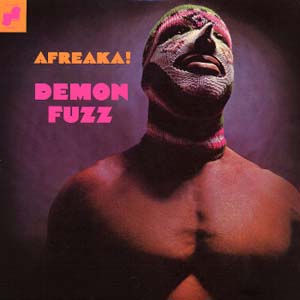
We’re now approximately 30 years into the CD format. Since you offer a modest selection of CDs, do you ever foresee their value being equal to top quality vinyl recordings?
Other than perhaps a few unusual instances, I don’t think the CD will ever approach the collectibility of LPs. The history of the LP runs parallel with the development of bebop, hard bop, and the avant garde as musical forms. Collectors seek out original pressings that monitor these developments. Labels like Atlantic, Riverside, Prestige, Blue Note, and New Jazz became commerecial successes while avant garde/progressive (whatever you want to call it) jazz flourished on small, independent, mostly artist-owned labels. Mosaic Records has largely succeeded by including previously unissued tracks from these labels on their boxed sets. Otherwise, since 1983, there has not been a significant musical innovation that would warrant a collectible market like the one for LPs.
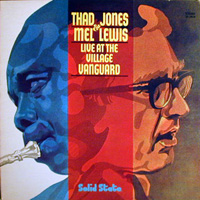
When I was there last you mentioned that you were in the process of fully integrating your vinyl offerings with your CD stock, which had previously been offered in separate rooms. What made you determine to make that move?
The consolidation was motivated by 1) the amount of space wasted in LP bins that were in some instances only 1/4-1/3 full; 2) the need to accommodate an ever-growing CD inventory; and 3) the realization that having CDs located in two separate areas was confusing to both customers and me.
Contact: Jazz Record Center 236 W. 26th St. (Room 804) New York, NY 10001 212/675-4480; fax 212/675-4504; email: jazzrecordcenter@verizon.net; website: www.jazzrecordcenter.com

Pingback: Nat King Cole Oscar Peterson Trio & Coleman Hawkins – Sw | Music Favorite - The Best Videos in Every Style of Modern Music